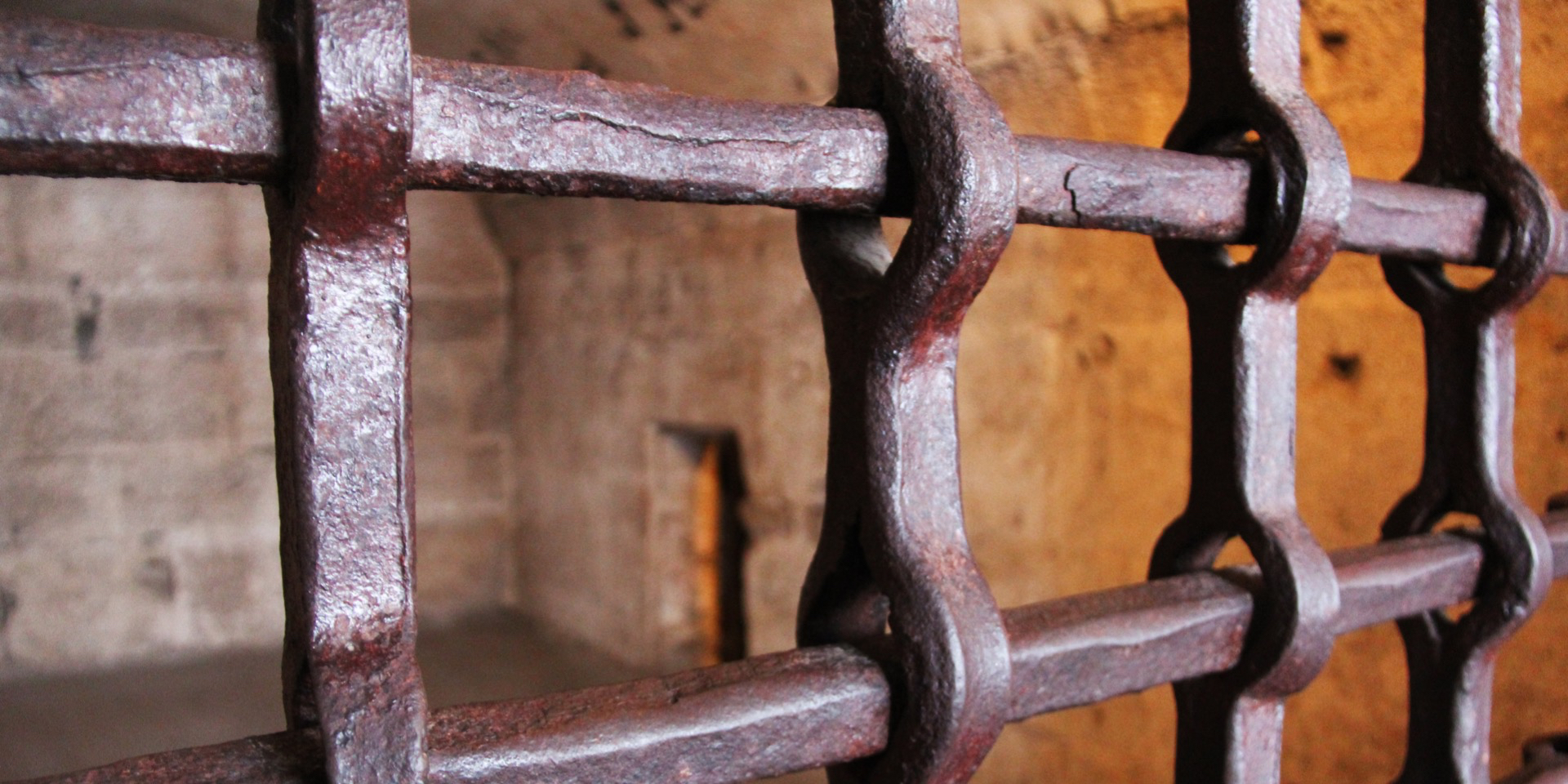“If I were tortured, I would confess to anything. I would confess to being the Sultan of Turkey,” says Goya in a film by Milos Forman. “No, you wouldn’t!” Father Lorenzo contradicts him, but Goya insists: “I would confess anything to avoid torment.”
The fight against heresy with the help of the Inquisition remains one of the most controversial chapters in the history of the Catholic Church. It is a dark chapter, which culminated in the Spanish Inquisition, with its harsh interrogations and confessions extracted by torture. Helen Rawlings, a professor at the University of Leicester, argues that although inquisitorial tribunals operated in France, Italy, and Bohemia, it was the Spanish Inquisition that “left its mark on the whole history of western civilisation.”[1] It operated at a time when the desire of Christians to seek a direct relationship with God, unmediated by the Church, was seen as a potential danger.
Whereas in previous centuries heresy was thought to be ideas contrary to official dogma originating from within the Church, the Spanish Inquisition brought about a shift: heretics were those who held a religion other than Christianity. “The word ‘heresy’ had different meanings at different times,”[2] writes historian Bartolome Bennassar.
Friends of Columbus, enemies of the Jews
In 1469, Ferdinand of Aragon married Isabella of Castile in a political bid to unify the Spanish territories. The marriage united their kingdoms. The royal couple are best remembered for supporting Christopher Columbus’s voyages across the Atlantic, but they also played a crucial role in establishing the Inquisition in the Iberian Peninsula. While in Seville (1478-79), Isabella was convinced by the Dominican Alonso de Hojeda that the Castilian kingdom was teeming with Judaisers,[3] commonly known as conversos.
At the insistence of Hojeda and other opponents of the Jewish minority, Ferdinand and Isabella appealed to the Papal See, demanding the establishment of a tribunal to search for and investigate suspected Judaisers. Thus, in 1478, Pope Sixtus IV (1471-1484) issued a papal bull entitled Exigit Sinceras Devotionis Affectus, (“Sincere Devotion Is Required”) which authorised the establishment of the Spanish Inquisition for the purpose of identifying pseudo-converts to Christianity.
The first ceremony organised by the Inquisition in Seville took place on 6 February 1481. Six heretics found by the inquisitors were taken from prison to the cathedral—where they attended a service—and then taken out of the city and burned at the stake. The Spanish Inquisition took off with the appointment of the Dominican Tomas de Torquemada as General Inquisitor (1483-1498). Nicknamed the “hammer of heretics”, Torquemada strove to eradicate cases of false denunciations of conversos, but nevertheless established himself as one of the most virulent accusers of Jews and Muslims, and one of those who supported the Alhambra Decree (1492) which expelled all Jews from Spain.
Grace and torture
The main targets of the Spanish inquisitors were Jews and Muslims (conversos and moriscos). Over time, some Protestants or others who in any way harmed the Catholic faith also became victims, but these cases were less numerous. The Holy Office of the Inquisition used to organise unannounced raids that took small local communities by surprise. First, the inquisitors would announce a “period of grace” during which any heretic could confess to heresy and recant. Self-confessed heretics could hope for a lighter sentence, and the severity of the punishment was lessened if the offender exposed other heretics. Virtually anyone could denounce anyone, and it is no wonder that, as the historian Michael Thomsett notes, “the inquisitors found themselves surrounded by heretics, and the more they inquired, the more they found.”[4]
Once denounced, suspects were arrested, tried, and imprisoned. Their property was confiscated and sometimes sold to pay for their imprisonment. In some cases, the families of those under investigation were left homeless as a result. Months could elapse between the time of arrest and the start of the actual investigation, as Spain seemed to be full of Judaising heretics.
During the investigation, the accused were told to admit their guilt, and if they refused, various methods of torture were used. Since the law of the inquisitorial courts did not recognise the validity of confessions made under torture, the investigators noted on each written confession: confessionem esse veram, non factam vi tormentorum (“The confession was made freely, not as a result of torture”). The only chance a person accused of heresy had of escaping trial with a “voluntary” confession was to find a witness on their behalf. But few would defend an accused for fear of becoming suspects themselves.
Was it true or wasn’t it?
The history of the Inquisition depends largely on who writes it. Whereas Protestant histories tell us that tens of thousands of people were investigated, tortured and burned at the stake, or that the condemned were taken from the stake before they died so that their ordeal would be prolonged, Catholic historians believe that the Inquisition was “an extraordinary tribunal set up by the Church to deal with the dangers which threatened it and which were likely to undermine the whole of society in the future.”[5]
There are certainly exaggerations in both camps. Bennassar proposes a more balanced view, speaking of the condemnation to the stake of several thousand Jews and several hundred Muslims, while noting that “the total number of sentences imposed by the Inquisition will never be known due to the lack of documentation.”[6]
Historians admit that the Spanish Inquisition served not only papal interests, but also those of the Spanish Crown, and was to some extent a political police force. In addition to concern for the purity of dogma, there was envy of the success of the Jewish communities and a desire to eliminate their influence on Spanish culture and society. The Spanish Inquisition did not appear out of nowhere. It came after numerous papal bulls and decrees that had targeted Jewish communities in Europe over the previous four centuries. “It was the exponent of a society,” notes Bennassar. Established and led by the Catholic Church, the Inquisition enjoyed the support of the masses, who attended the burnings at the stake as a popular celebration and among whom were many denouncers of heretics.
Francisco de Goya’s famous “The Caprices”—banned by the Inquisition at the time of its publication—illustrates not only the vices of a corrupt clergy, but an entire society in decay. Behind the pious Christians in the cathedrals, monsters often lurked, born from the sleep of reason.
In conclusion, it can be said that the Inquisition remains a blemish on the history of the Christian religion, a crime against humanity, like the Holocaust orchestrated by the Nazis, like the political police of the Communist regimes, or like the recent tortures in the Guantanamo prison camp. As Mark Twain would say, “History doesn’t repeat itself, but it often rhymes…”



















